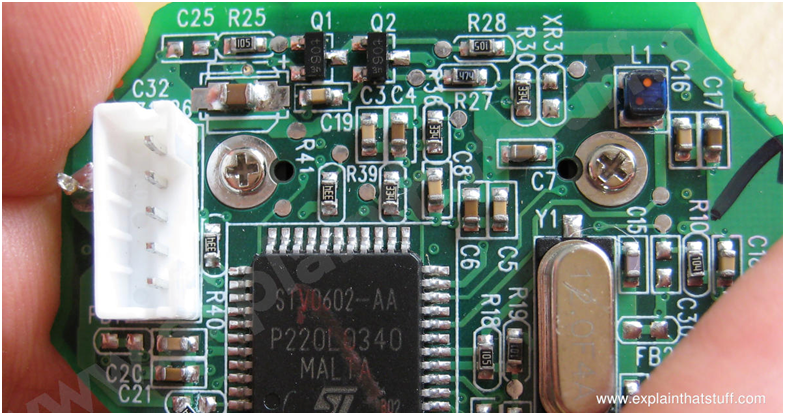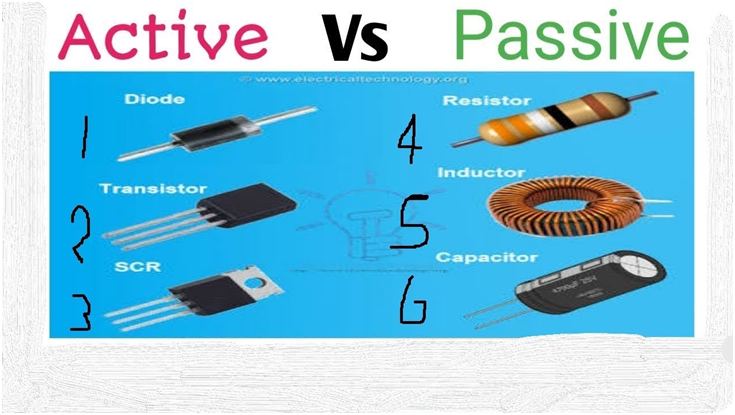Exploring Digital Electronics: Understanding Components, Advantages, and Disadvantages

Digital electronics is all about studying how devices use digital signals – signals that are represented by ones and zeros. Unlike analog signals, which have more dimensions and are susceptible to noise, digital signals are noise-resistant and perfect for digital devices like computers and smartphones.

Components of Digital Electronics:
- Active Components: These components provide power to the circuit or amplify its power. Examples include voltage sources, transistors, and photodiodes.
- Passive Components: These components can store or dissipate electrical energy but cannot produce power. Examples include resistors, capacitors, and inductors.

Advantages of Digital Electronics:
- Ease of Design: Digital circuits are easier to design thanks to modern technology.
- Reliability: Digital circuits consistently produce the same output, making them reliable.
- Flexibility: It’s easy to change the function of digital circuits without altering the hardware.
- Cost-Effectiveness: Complex digital circuits can be produced at lower costs due to advancements in technology.
Disadvantages of Digital Electronics:
- Higher Energy Consumption: Digital systems consume more energy compared to analog systems, leading to heat generation.
- Cost: Setting up digital systems can be expensive.
- Fragility: Misinterpretation of digital data can drastically change results, making digital systems somewhat fragile.
- Analog Concerns: Dealing with analog aspects in digital systems can be challenging due to the integration of analog components.
Summary:
Digital electronics primarily revolves around digital circuits made up of logic gates. These circuits process discrete values and are essential for accurate signal representation. In today’s world, digital electronics are everywhere, from laptops and televisions to kitchen appliances like dishwashers and washing machines. If you want to dive deeper into digital electronics, you can download a fundamentals of digital electronics PDF for further understanding.
